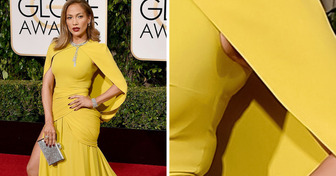10 Everyday Items That Are Not As Harmless As We Thought

Artistic swimming is indeed one of the most challenging sports. Athletes train a remarkable 80-100 hours per week, using every muscle in their body. But that’s not all. This sport is much more interesting and difficult than we might have imagined.
They stop shaving their legs approximately a week before competitions. “All the elements that we do with our legs are strictly calculated in terms of degree angles and height over the water surface. When we immerse into the water we feel it with our skin, and the most sensitive receptors on the legs are located around the hair follicles,” said one of them.
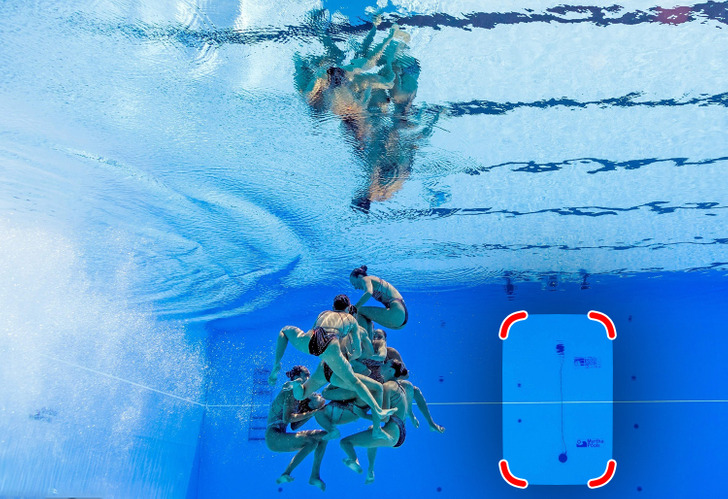
Music is key in synchronized swimming competitions, as athletes have to be in rhythm. In order for them to hear the music when they’re underwater, special high-tech loudspeakers are installed in the pools.
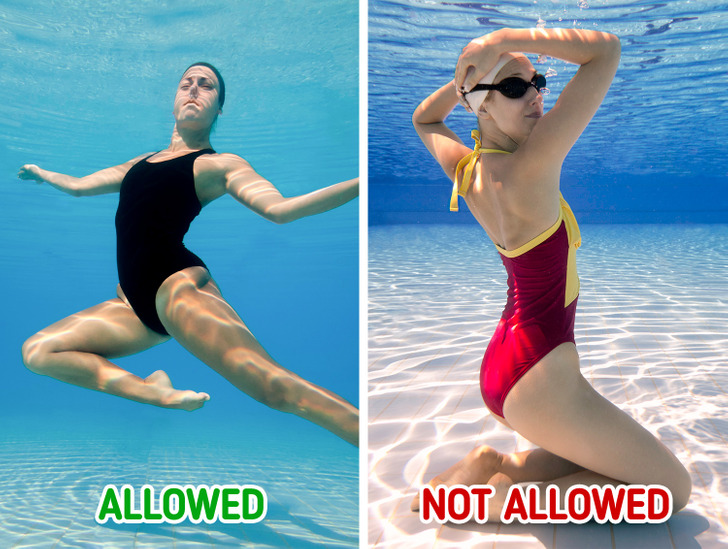
Artistic swimmers are not allowed to wear goggles, because it is important for the judges to see their facial expressions. The use of goggles would hinder the judges’ abilities to evaluate their faces while performing. The only thing they are allowed to wear are nose clips because they prevent water from entering their noses while they are underwater.
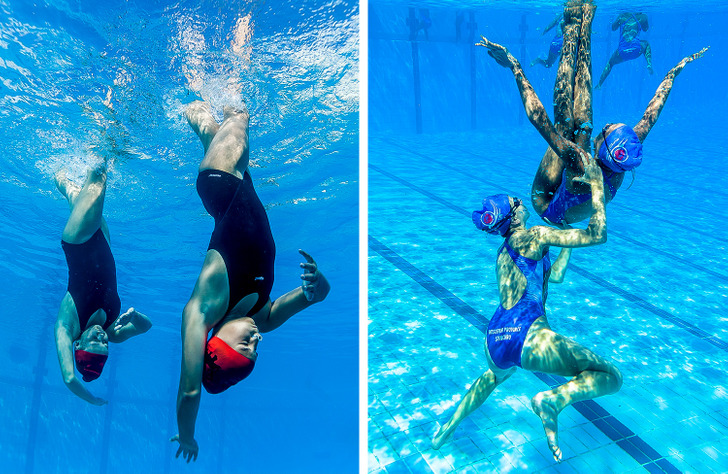
Swimming is one of the most intense sports and can be extremely demanding at both amateur and professional levels. During their training, athletes use almost every muscle of their body, making it one of the most health-enhancing activities in the world.
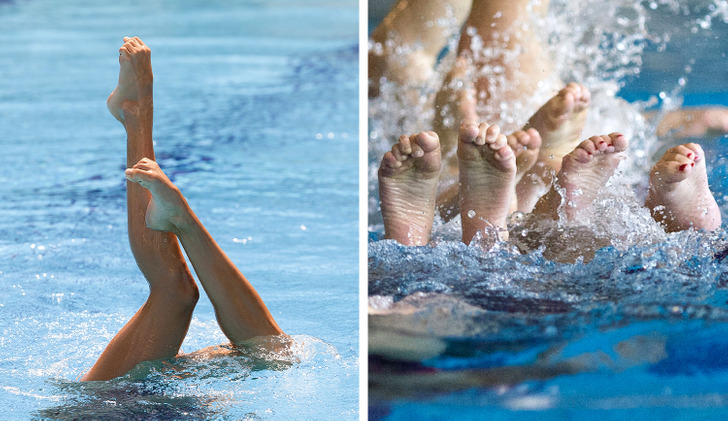
For optimal performance in presentations, excellent foot and leg flexion is necessary. To achieve this, swimmers can sit on the floor with their legs stretched out in front of them while trying to touch the floor with their toes.
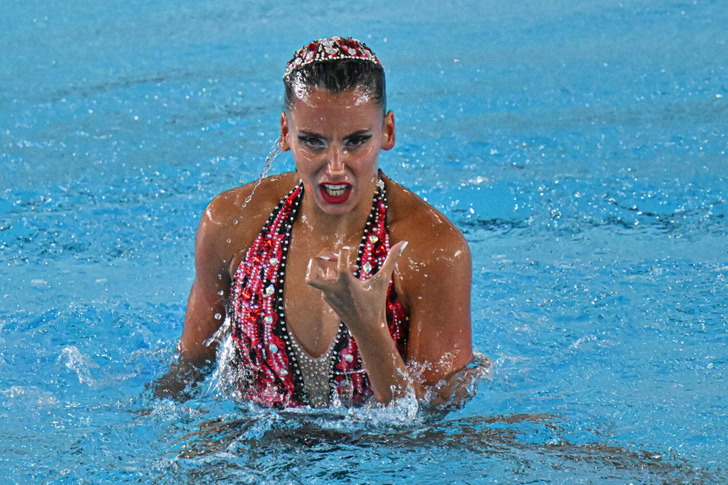
Although the swimmers wear quite small suits during show, their costumes are roomy enough to use them as a storage. Synchronized swimmers always hide spare nose clips in their swimsuits. If it happens that their nose clip is kicked off or knocked off during the performance, the swimmers have to find a moment to pull out the spare one without interrupting the show.
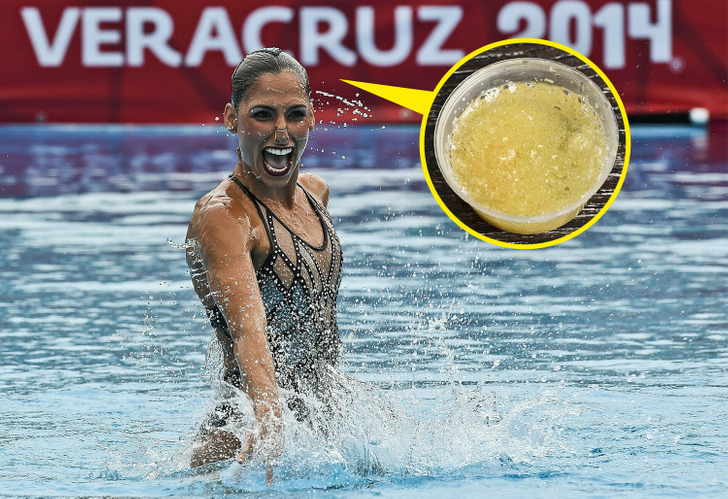
To keep their hair in place and well-groomed when swimming athletes use unflavored gelatine. They simply mix the product with water and apply it to their hair to style it and make it look neat just before competing. The only way to remove the gelatine is by rinsing their hair several times with hot water.
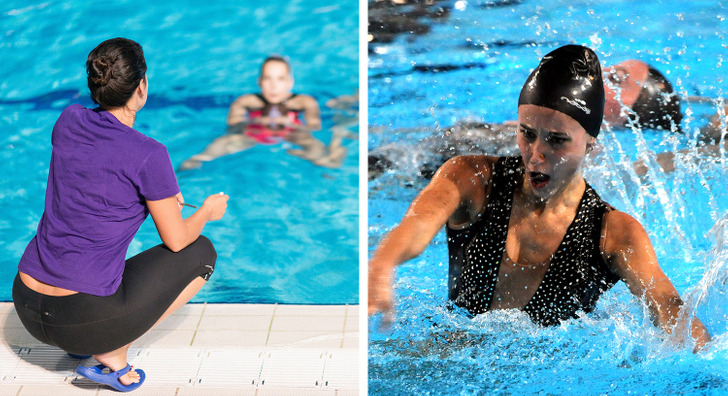
Although the performances last only 2-4 minutes depending on the number of people participating, most of that time is spent inside the water. That’s why the synchronized swimming team practices ten hours a day, six times a week. They have to work on endurance, lung capacity, and the precision of their movements. This makes it one of the most demanding sports in terms of training.
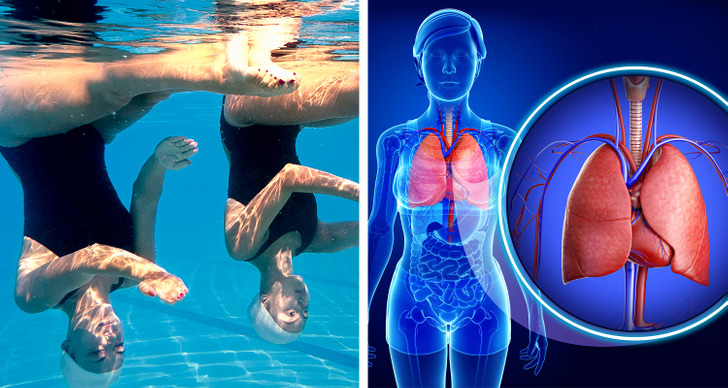
Athletes spend many hours training underwater to build endurance so that their lung capacity increases. This helps the body make better use of oxygen by absorbing it more efficiently and so decreasing the likelihood of developing respiratory diseases such as asthma.
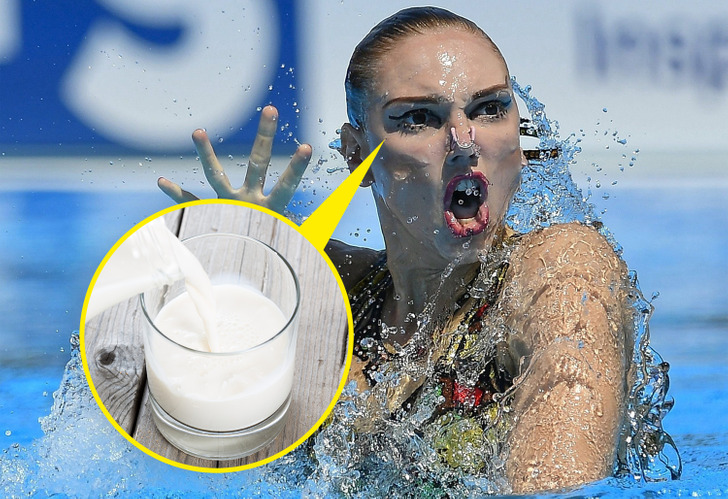
A professional athlete recommended taking milk baths, as this can relieve the eye irritation caused by chlorine. “Fill water glasses with a little milk, put them on, and open your eyes for a few seconds. Repeat a couple of times until you feel relief. If you wear contact lenses, it is recommended that you take them out before trying this technique.”
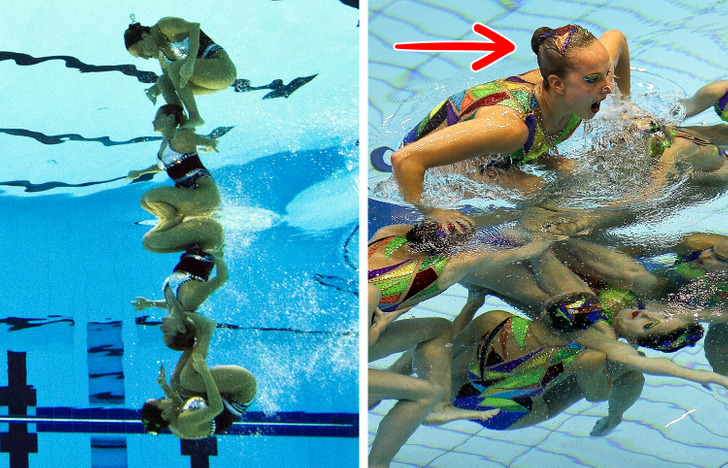
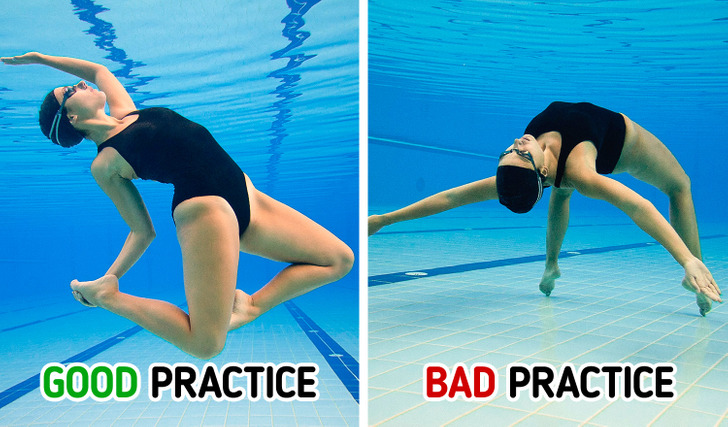
Female athletes train and compete during their period, so using a tampon while swimming is common. If someone has a visible tampon string, other girls will definitely point it out, and there’s nothing embarrassing about it.
We always admire the endurance and strength of athletes. If you also enjoy learning about different sports, you should read about the secrets of gymnasts.




